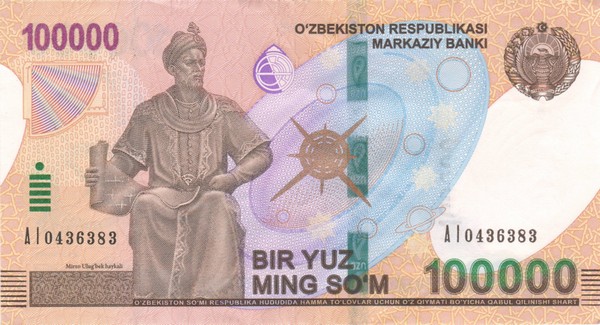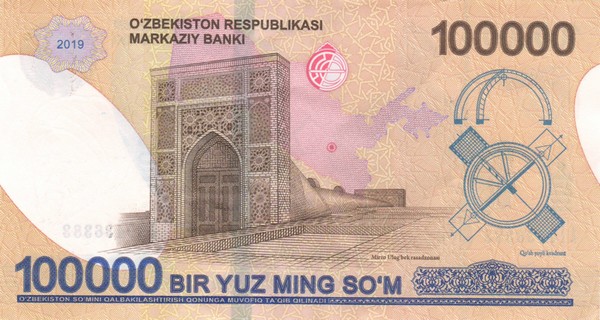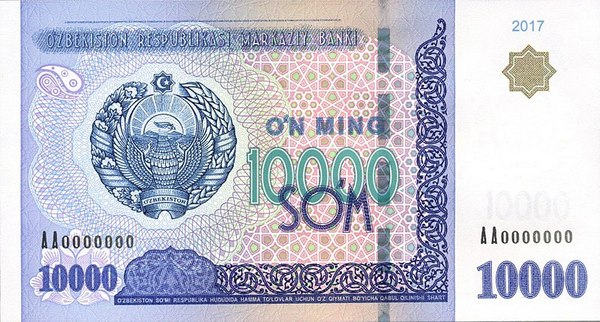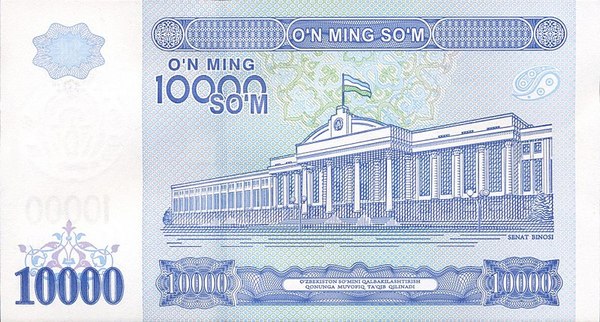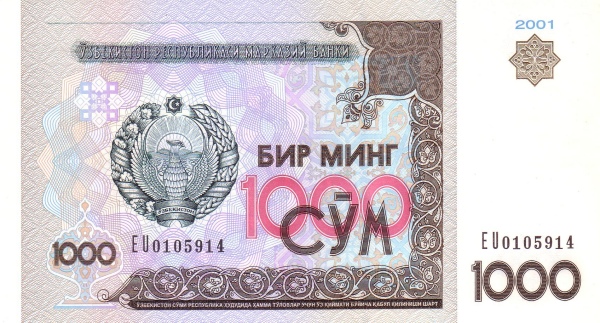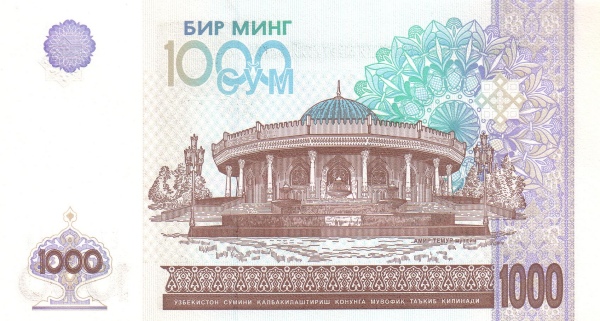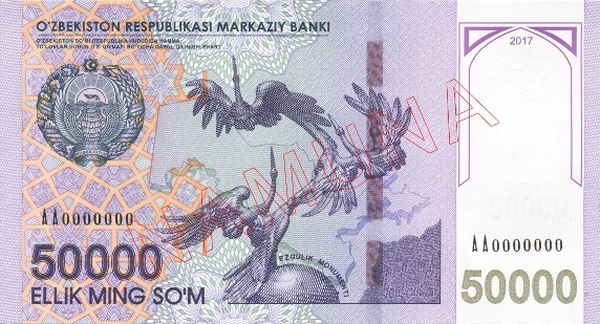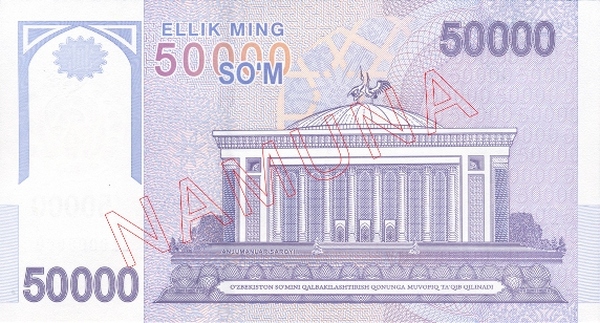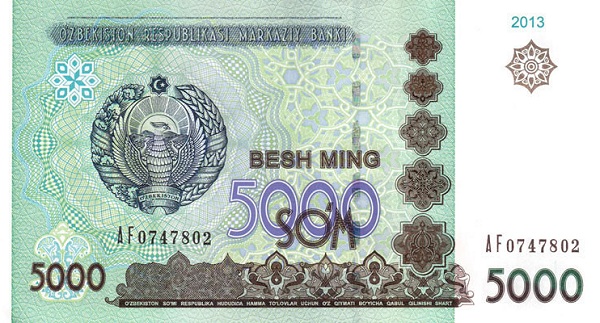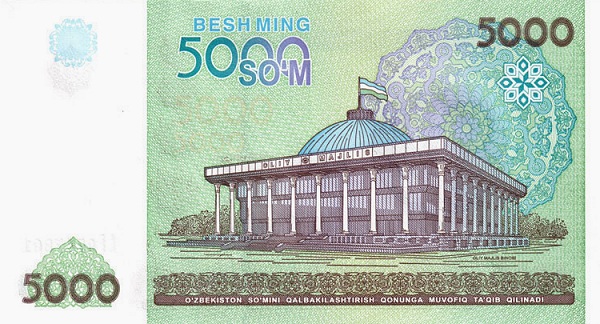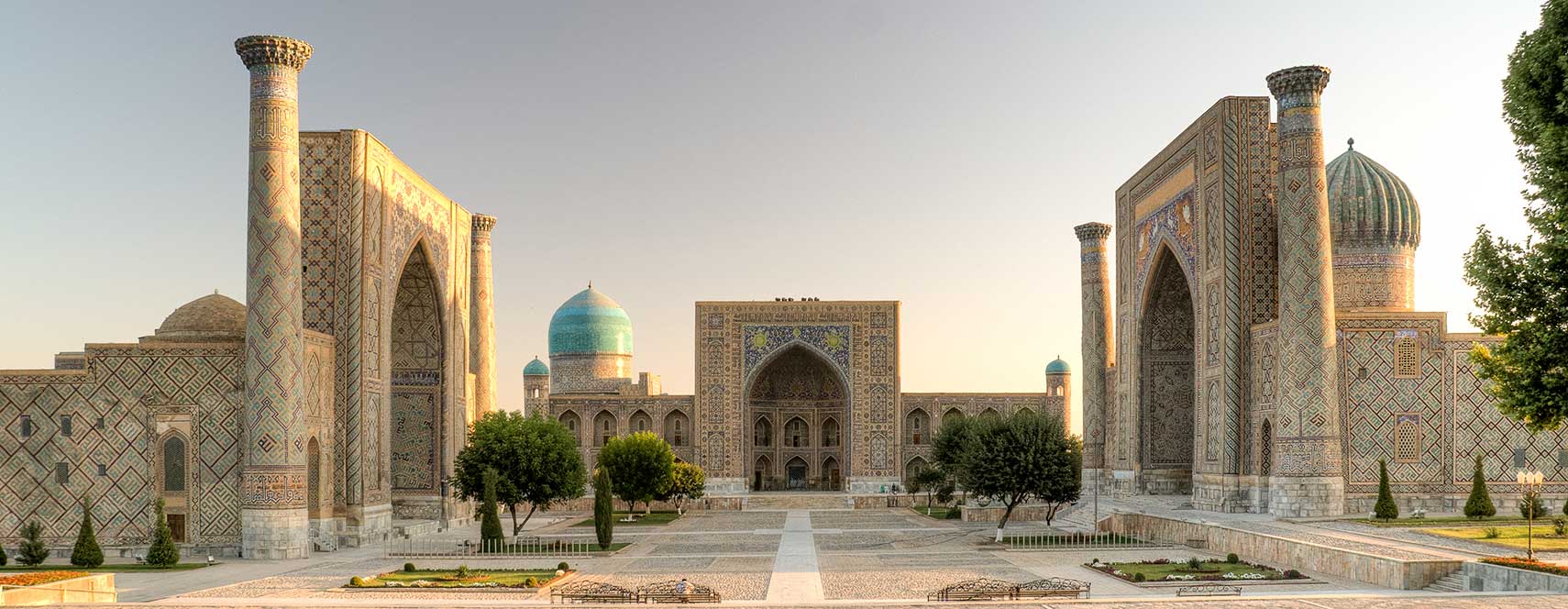Exploring the Rich Tapestry of Uzbekistan
Uzbekistan, a captivating landlocked country situated in Central Asia, mesmerizes with its unique blend of history, culture, and stunning landscapes. Nestled south and southeast of the Aral Sea, it shares borders with Kazakhstan to the northwest and northeast, Turkmenistan to the southwest, and Afghanistan to the south. Moreover, Uzbekistan's eastern frontier includes Tajikistan and Kyrgyzstan. With an impressive area of 447,400 square kilometers, Uzbekistan closely resembles the size of Sweden or is slightly larger than the U.S. state of California. The nation's mostly flat-to-rolling terrain features expansive sandy deserts and impressive sand dunes, a testimony to its arid climate. In fact, irrigated land occupies merely about 10% of Uzbekistan's surface area, primarily flourishing in its river valleys and oases.
Demographics and Culture
As of 2024, Uzbekistan boasts a population of roughly 37 million people, with Tashkent (Тошкент) serving as both its capital and largest city. The inhabitants predominantly speak Uzbek, a Turkic language, and Russian, reflecting the country's diverse historical influences. Approximately 88% of the population identifies as Muslim, predominantly Sunni, while Eastern Orthodox Christians make up around 9%. This blend of cultural influences vigorously shapes the fabric of Uzbek society, producing a unique identity rooted in several centuries of rich heritage.
A Historical Overview
Uzbekistan's tumultuous history began with Russian conquest in the late 19th century. Similarly, after World War I, the Red Army faced staunch resistance from the local population, ultimately resulting in the establishment of a socialist republic in 1925. However, during the Soviet era, Uzbekistan became a pivotal hub for the production of "white gold" (cotton) and grain, leading to significant environmental degradation. Excessive use of agrochemicals poisoned the land and drastically depleted the Aral Sea and river systems. Since gaining independence from the USSR in 1991, Uzbekistan has made concerted efforts to diversify its economy beyond agriculture, focusing instead on developing its mineral and petroleum resources.
Geographical and Environmental Features
Uzbekistan's geography showcases a variety of terrains, ranging from vast plains to intricately irrigated river valleys along the Amu Darya and Syr Darya rivers. The Troposphere's climate predominantly features dry continental conditions, characterized by long, scorching summers and mild winters. For instance, the eastern regions transition into semiarid grasslands. The highest point in the nation, Adelunga Toghi, peaks at an impressive elevation of 4,301 meters.
Economic Landscape
Uzbekistan’s economy thrives on its rich array of natural resources, including gold, uranium, copper, and natural gas, among others. The agricultural sector remains a cornerstone of its economy; Uzbekistan holds the prestigious title of being the fourth-largest cotton producer in the world. Additionally, the country cultivates various vegetables, fruits, grains, and livestock. In terms of industrial activities, textiles, food processing, machine building, and metallurgy play vital roles in driving economic growth.
Trade Partners and Global Relations
When considering Uzbekistan's exports, energy products, cotton, gold, and mineral fertilizers emerge as chief commodities. In 2022, the nation’s trade partnerships revealed that Switzerland accounted for 25% of its exports, followed by Russia at 15%, China at 12%, Turkey at 9%, Kazakhstan at 7%, and Bangladesh at 6%. Conversely, when importing goods, Uzbekistan primarily sources machinery and equipment, foodstuffs, and chemicals. Notably, China represents 24% of imports, with Russia and Kazakhstan contributing 19% and 12%, respectively.
Cultural Heritage and Tourism
Uzbekistan's cultural heritage fascinates countless visitors with its ancient cities, bustling bazaars, and historical landmarks. Major cities like Samarkand and Bukhara, which lie along the Silk Road, showcase stunning architecture that reflects centuries of trade and interaction between diverse cultures. Visitors often find themselves captivated by the vibrant blue tiles of Timurid mosques and the intricate craftsmanship evident in local handicrafts.
Challenges Ahead
Despite its rich resources and cultural wealth, Uzbekistan faces several challenges. The nation continues to grapple with issues related to insurgency, particularly from Islamic militant groups that base their operations in neighboring Tajikistan and Afghanistan. Furthermore, an economy largely dependent on low commodity prices and a non-convertible currency hampers Uzbekistan's international trade efforts. Human rights concerns and the struggle for democratization remain other significant obstacles for fostering a more prosperous Uzbekistan.
Conclusion: A Emerging Nation with Rich Potential
Uzbekistan, a nation rich in history and natural resources, stands at the crossroads of opportunity and challenge. With a strong commitment to economic diversification and modernization, Uzbekistan seeks to transform its landscape into one of growth and innovation. As it navigates the complexities of the modern world, Uzbekistan continues to attract the attention of those interested in its unique blend of history, culture, and economic potential.
Largest cities of: Uzbekistan
| City Name | Population | Year of foundation | |
| Tashkent | 2,480,000 | 222 B | |
| Samarkand | 575,000 | 700 B | |
| Namangan | 526,000 | 337 | |
| Bukhara | 400,000 | B 7th century | |
| Andijan | 380,000 | 1876 | |
| Nukus | 300,000 | 1932 | |
| Fergana | 250,000 | to 100 B | |
| Termez | 150,000 | XVI |
Uzbekistan: Money
